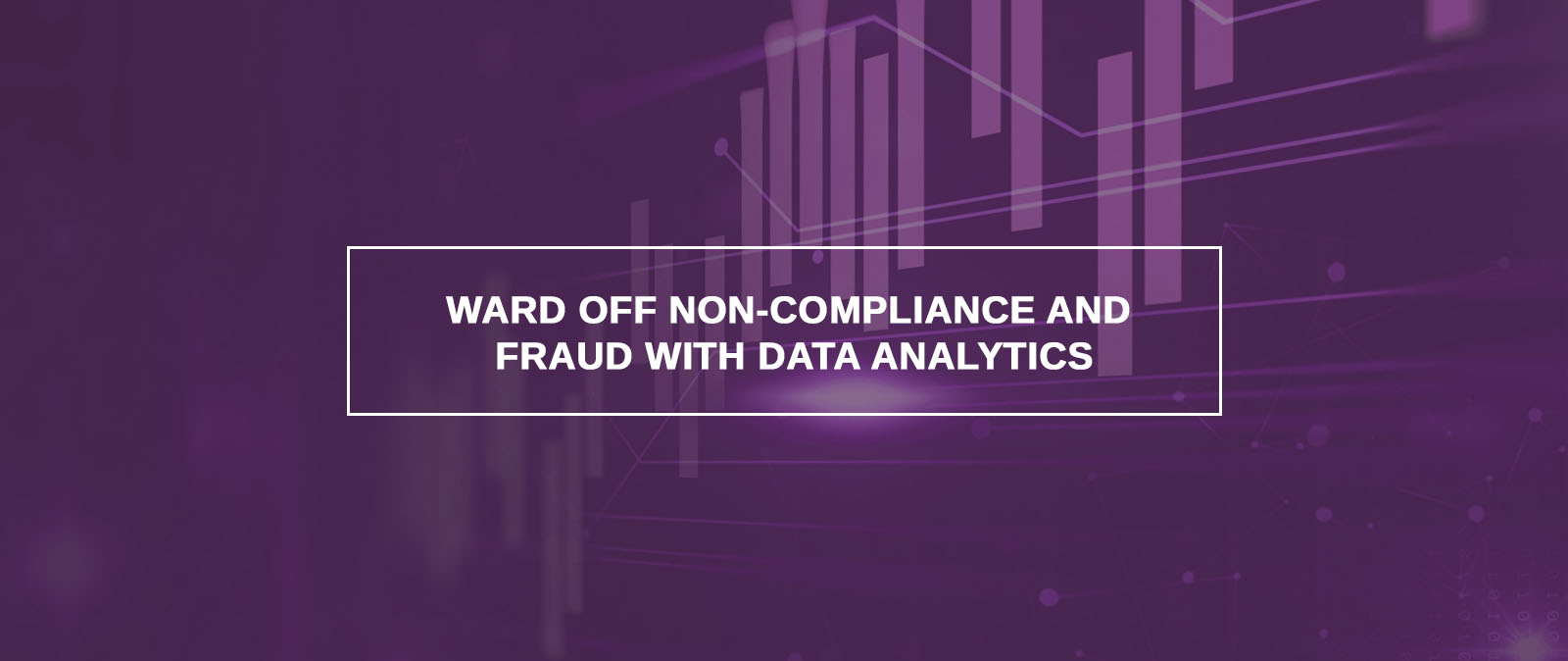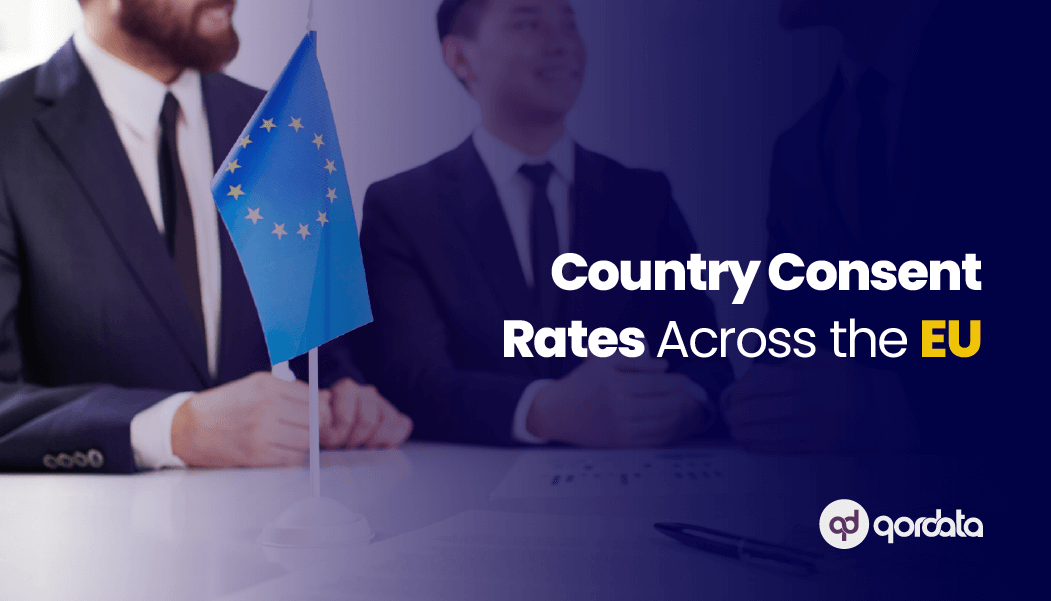Table of Contents
ToggleBoth the U.S. and global transparency requirements call for Life Sciences companies to fulfill certain transaction-level reporting criteria. These requirements include the Sunshine Act, U.S. state laws, and European laws. All of these deem it necessary for transfers of value made by pharma companies to physicians to be tracked and reported to the authorities.
The challenge
Although the implications of the said laws have led to increased transparency, their complexity has left many pharma companies struggling. The reasons for this include:
– Tracking sheer volumes of internal and external data makes it difficult for pharma companies to manage it in an efficient and reliable manner
– Global transparency requirements call for transactions to be captured in one currency but reported in a different currency
– Management and tracking of cross-border interactions is a complex task. Pharma companies continue to lack visibility to complete and accurate data unless they have access to a comprehensive system for tracking ToV data
– As per the EFPIA Transparency Directive, HCPs must grant consent for their respective ToVs to be reported individually, or else they will be published in aggregate. A consent management system is necessary to fulfill this requirement.
The Need for Accurate Data & Best Practices for Management of Global Data
Prior to reporting, there is a dire need for pharma companies to ensure accurate data management. Data acquired through varying system sources has to be analyzed, de-duplicated, updated, and authenticated to ensure accuracy and completeness.
If a pharma company holds a global presence, it must have alignment across the organization to ensure success. For optimal results, certain best practices must be followed. Some of these are:
Transaction-Based Validation
ToVs should be re-mediated and validated prior to submission to an enterprise-level transparency reporting system. Each ToV should be categorized and re-mediated before it is submitted to the authorities to avoid duplication and data anomalies.
Regional Awareness
This best practice is applicable in pharma companies that have a transparency reporting system with the ability to provide visibility, user access, and accountability based on various parameters. The system should be accessible across the company’s multiple geographies for visibility purposes.



